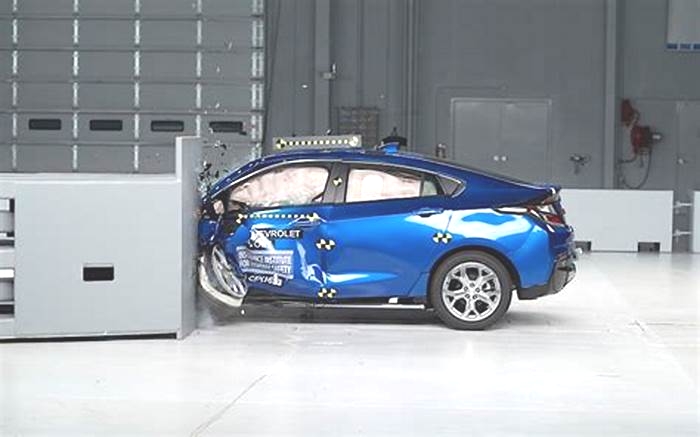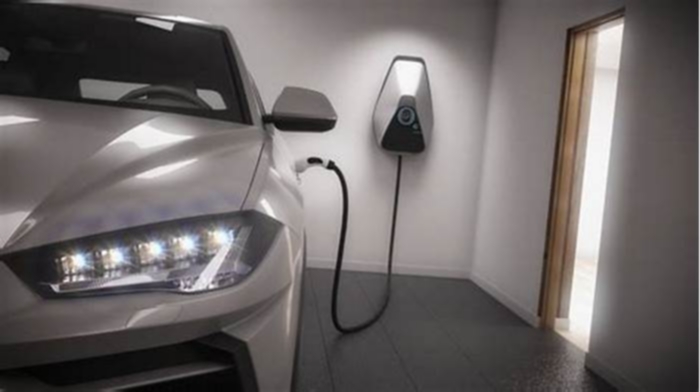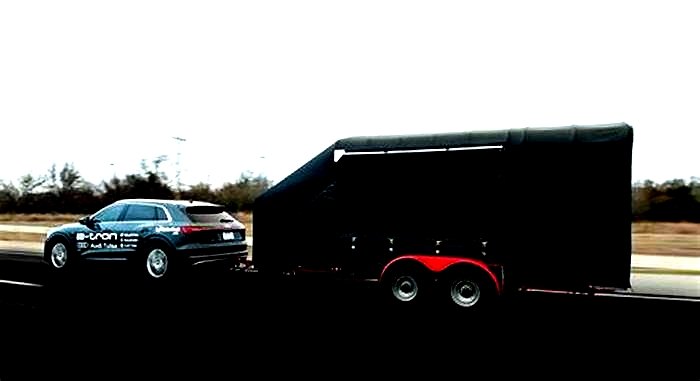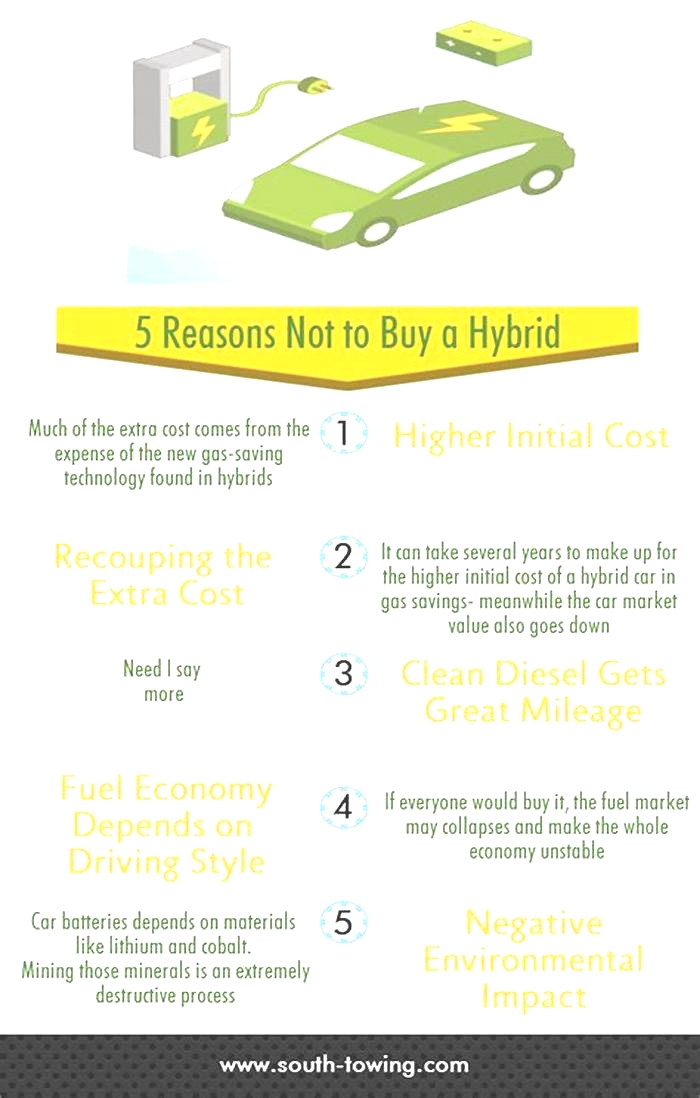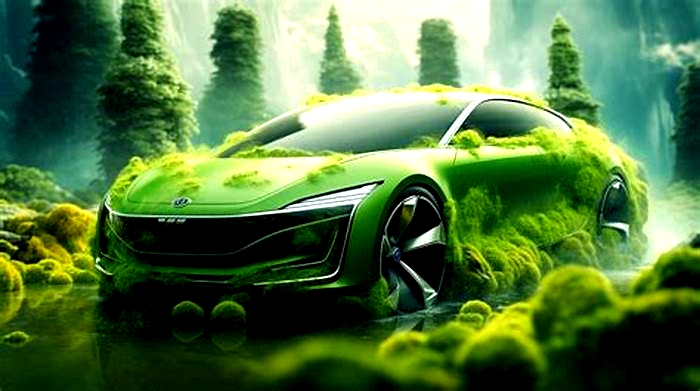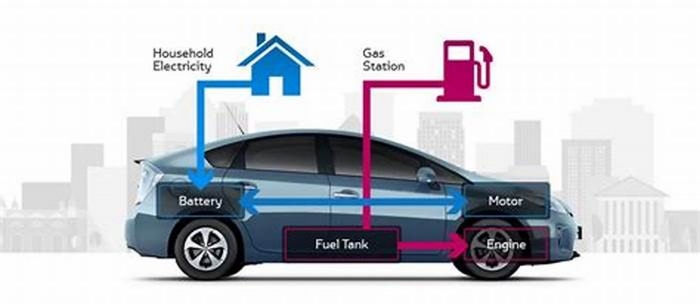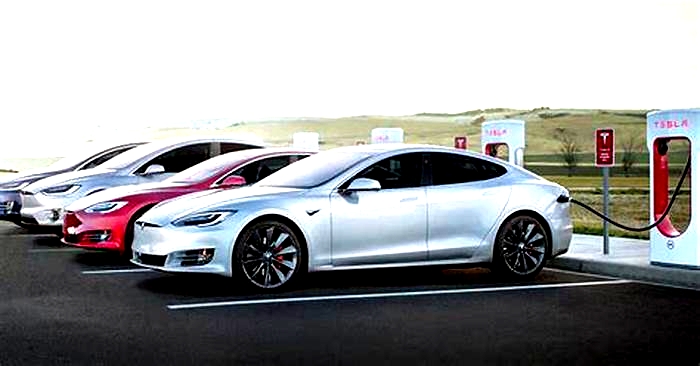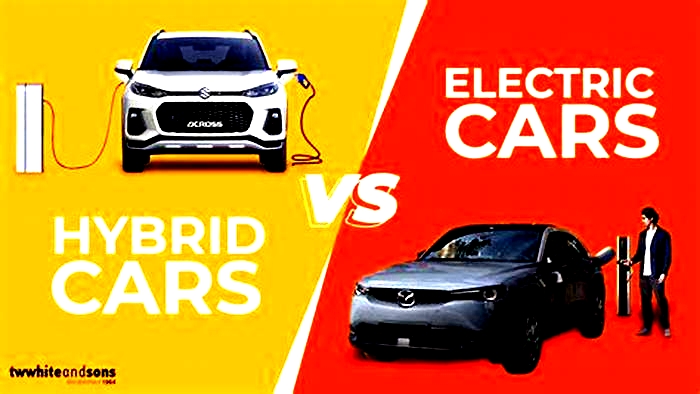Are hybrid cars safe in a crash
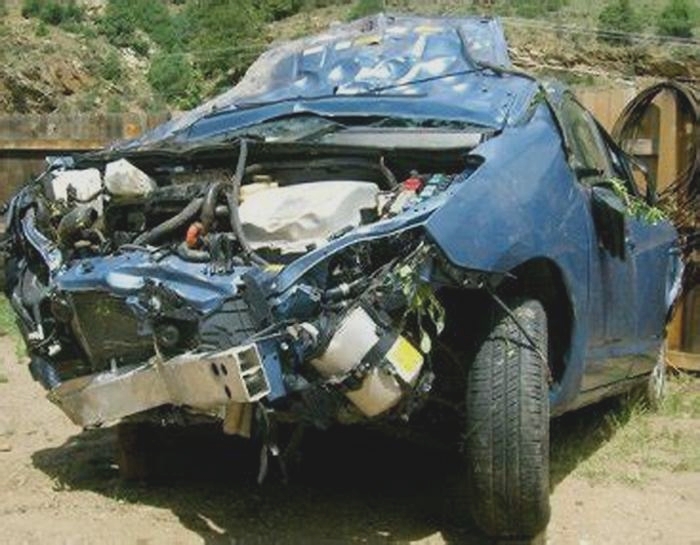
Crash test: Hybrids safer than other cars
Hybrid vehicles protect their occupants better in crashes than their regular gasoline counterparts, according to a report released today by an affiliate of the Insurance Institute for Highway Safety.
Research by the Highway Loss Data Institute shows that drivers and passengers in a hybrid are 25% less likely to be injured than those in the same model with a standard gasoline engine. And the death rate for drivers in hybrid crashes also was lower.
The hybrid advantage is all about weight, it turns out. "Hybrids on average are 10% heavier than their standard counterparts," says Matt Moore, HLDI vice president and author of the report. "This extra mass gives them an advantage in crashes." When cars collide, the heavier vehicle tends to push the lighter one backwards, exerting greater force on the lighter vehicle and its occupants.
To take an example, the Toyota Highlander Hybrid SUV (pictured above) weighs 4,500 pounds -- about 330 pounds more than the gasoline Highlander. The hybrid's battery pack and other components account for the added weight.
In researching the topic, HLDI looked at insurance injury claims from car crashes from 2002 through 2010. It compared only 28 situations where hybrid vehicles had a gasoline twin, such as the Ford Fusion sedan. ( That excluded the Toytota Prius and Honda Insight, which are sold only as hybrids.)
The HLDI findings run counter to the long-held belief that getting higher gas mileage means buying a smaller (and possibly less crash-worthy) car. "Saving at the pump no longer means you have to skimp on crash protection," says Moore.
More danger to pedestrians
The study also found that while hybrids protect their occupants, they can be a greater threat to pedestrians -- because when they are operating in electric-only mode, hybrid cars make no sound that pedestrians can hear. Hybrids may be as much as 20% more likely to be involved in accidents resulting in pedestrian injuries, HLDI found.
Following congressional action, the National Highway Traffic Safety Administration is working to develop a sound generator that can be installed in hybrids to make them audible for pedestrians.
Concerns about Chevy Volt battery
This mostly good safety news about hybrids comes shortly after concerns over a fire involving the batteries in the Chevrolet Volt, GM's plug-in electric model. About three weeks after a Volt was crashed as part of safety testing by the National Highway Traffic Safety Administration, the Volt battery caught fire in a NHTSA storage lot.
General Motors initially said that NHTSA technicians did not follow proper procedure for disabling the battery after a crash but then conceded that it had not developed those protocols until after the NHTSA test incident. NHTSA itself issued a statement saying it did not believe that plug-in electric cars were any less safe than conventional gasoline cars.
In any case, the lithium ion batteries used in the Volt and competitor the Nissan Leaf are different from the nickel-metal hydride batteries in most gas-electric hybrids covered in the insurance study of occupant protection.
More on MoneyWatch:
Jerry EdgertonView all articles by Jerry Edgerton on CBS MoneyWatchJerry Edgerton, author of Car Shopping Made Easy, has been covering the car beat since Detroit companies dominated the U.S. market. The former car columnist for Money magazine and Washington correspondent for Business Week, Edgerton specializes in finding the best deals on wheels and offering advice on making your car last.
How safe are electric cars?
Many potential EV owners are put off by range anxiety, but a number also worry about safety. Powered by highly flammable batteries and packing high voltage electrical systems, its easy to see how these machines could give cause for concern. In reality, though, electric cars are just as safe as any other, thanks to a range of neat features aimed at protecting occupants and other road users. Heres our comprehensive EV safety guide.
Are electric cars safe in an accident?
First off, its important to keep in mind that all electric cars are built to meet the same strict design and manufacturing regulations as their petrol and diesel counterparts. Essentially, they go through the same carefully wrought process, with an almost obsessive amount of time spent on making these machines as safe as possible. And to highlight the hard work, most manufacturers then subject their EV offerings to Euro NCAP assessment, with almost all performing as well as similarly-sized and equipped internal combustion models.
Strong structures, extensive crumple zones and multiple airbags ensure that occupants are as well protected as possible in the event of an accident. In fact, with the extra mass of their battery packs and the need to absorb the increased energy they create in a collision, its arguable that EV designers have to work even harder to attain outstanding crashworthiness.
One area of concern, however, is fire. A few years ago a spate of high profile EV accidents that resulted in cars burning to the ground caused nervousness among new car buyers. Now, you might think fire is more likely in an internal combustion (isnt the clue in the name?) car, particularly one powered by a substance as flammable as petrol, but in fact an EV is just as likely (or unlikely as well find out) to suffer from a conflagration after a collision.
Should the worst happen, the biggest potential problem with an EVs lithium ion battery is something known as thermal runaway. Essentially, if one of the cells gets damaged and short-circuits theres a chance the flammable electrolyte inside can ignite, becoming hotter and hotter as it uses up all the stored energy, burning in excess of 1,000 degrees celsius. If this increased heat damages neighbouring cells, it can cause a chain reaction where the hundreds or thousands of cells also begin burning in an ever increasingly fierce fire that can be impossible to extinguish - instead you have to wait for it to essentially burn itself out.
Yet while this sounds terrifying its actually extremely unlikely, with the latest generation of EVs engineered to avoid this situation. For starters, the battery is very well protected in a crash resistant structure thats mounted as low in the car as possible and as far away from potential impact areas. Polestar, for example, has even developed two deformable aluminum structures either side of the front bulkhead of itsPolestar 2 model. Known as SPOC (severe partial offset crash) blocks, these prevent the front wheels from striking the battery during a frontal collision.
HYBRID VEHICLES POSE UNIQUE RISK OF INJURY IN A CRASH
Automotive technology has progressed rapidly in recent years. As New York drivers grow more sensitive to environmental concerns and rising gas prices, many are turning to electric or hybrid vehicles. However, while these vehicles do have a number of benefits, they also pose some unique risks in the event of an accident.
Unlike traditional gas-powered automobiles, electric and hybrid vehicles utilize high voltage electric propulsion systems. These systems can become damaged in a motor vehicle accident, putting both accident victims and first responders at risk of injury. A compromised electrical system could shock or electrocute someone who comes into contact with the vehicle. There is also a chance that first responders could accidentally injure someone or start a fire by cutting though a high-voltage line during a rescue.
Because of these risks, automakers have taken steps to help first responders keep people safe in the event of an electric or hybrid vehicle accident. Manufacturers have labeled the inside of their vehicles and have highlighted dangerous components with bright colors.
In addition, manufacturers have worked with the National Fire Protection Association to develop training programs for first responders. In those trainings, first responders are educated on safe ways to respond to car accidents involving electric or hybrid vehicles, including how to shut off the vehicles electrical systems and how to extricate a victim from a collapsed or crushed car.
New York police receive crash training
For the most part, these training programs are offered to fire departments. However, in New York, the State Police are typically the first responders to highway accidents. This fall, 40 collision investigators from the New York State Police became the first police officers in the nation to attend the NFPAs training program. Over the next year, these officers will train all New York State Troopers in best practices for responding to accidents involving electric and hybrid vehicles.
As part of the program, officers worked with the NFPA to refine the program to best fit the needs of the law enforcement community.
Prior to receiving the training, the New York State Police had worked directly with vehicle manufacturers to distribute safety information to officers.
New York car accident lawsuits
While it is true that electric and hybrid vehicles do present special safety concerns in the event of a crash, it is important to recognize that these differences do not make negligent drivers any less liable. If a person is injured because of a compromised high voltage electric propulsion system or other electric problem, the driver who caused the accident can be held responsible, even if the injuries would not have occurred in a traditional vehicle.
If you or a loved one has been injured in a New York motor vehicle accident, it is important to take steps to protect your rights. An Orange County personal injury attorney can evaluate your case and help you understand your options.
The safest cars on sale in 2024 - the latest crash tests
Read our in-depth Lexus RZ review
Search Lexus RZ deals
7. BMW 5 Series
Adult occupant protection 89% Child occupant protection 85% Pedestrian protection 86% Safety Assist 78%
Total Euro NCAP score 338/400
The BMW 5 Series has long been a stalwart of premium company car wish lists, and the eighth generation model looks set to continue this trend. Its offered with mild hybrid engine technology and as a plug-in hybrid, while the i5 version should satisfy electric car enthusiasts.
Although it provides good protection for its occupants in a collision, the 5 Series is fairly benign to smaller vehicles in a head-on crash. It also ticks the boxes for the latest safety innovations: its advanced eCall system automatically alerts the emergency services after an accident and the cars brakes are activated too, preventing a secondary collision. Theres a system to send a warning if a child is left in the car, too.
Other road users are well protected too, with the active safety system scoring maximum points for spotting and avoiding a collision with a motorcyclist, and the car issuing a warning if the driver is going to open the door on a cyclist - and stopping the door from opening if an accident becomes imminent.
The Euro NCAP rating is valid for all 5 Series variants, including the pure electric i5.
Read our in-depth BMW i5 review
Search BMW 5 Series deals
8. NIO EL7
Adult occupant protection 93% Child occupant protection 85% Pedestrian protection 80% Safety Assist 79%
Safest New Cars of 2023, According to the IIHS
As the IIHS tests vehicles throughout the year, more cars have been added to the list. According to Young, some modelsincluding the Chrysler Pacifica and Cadillac CT6havent yet completed all the tests necessary for a 2023 award. Either one or both of these vehicles could end up on the list later this year. Depending on how it performs, it may still earn an award, he says.
More models will likely earn Top Safety Pick+ status as the IIHS continues to raise the bar for the award, says Jennifer Stockburger, director of operations at CRs auto test center. Car manufacturers respond to tougher tests by designing new vehicles that can pass those tests, she says. Manufacturers have been aware of the new side crash test since 2018, and models designed specifically with that test in mind are only now hitting the market.
Consumer Reports uses IIHS ratings as part of the safety component for our Overall Score, which also factors in road-test performance, reliability, and owner satisfaction.
Young says that shoppers who are interested in a vehicle that doesnt appear on the list should first check out where it underperforms. In the case of headlights, buyers may be able to choose a higher trim level or optional feature that has better performance. If a vehicle comes up short in multiple categories, he says, consider other options within the same class that provide a higher level of crashworthiness and crash avoidance performance.

